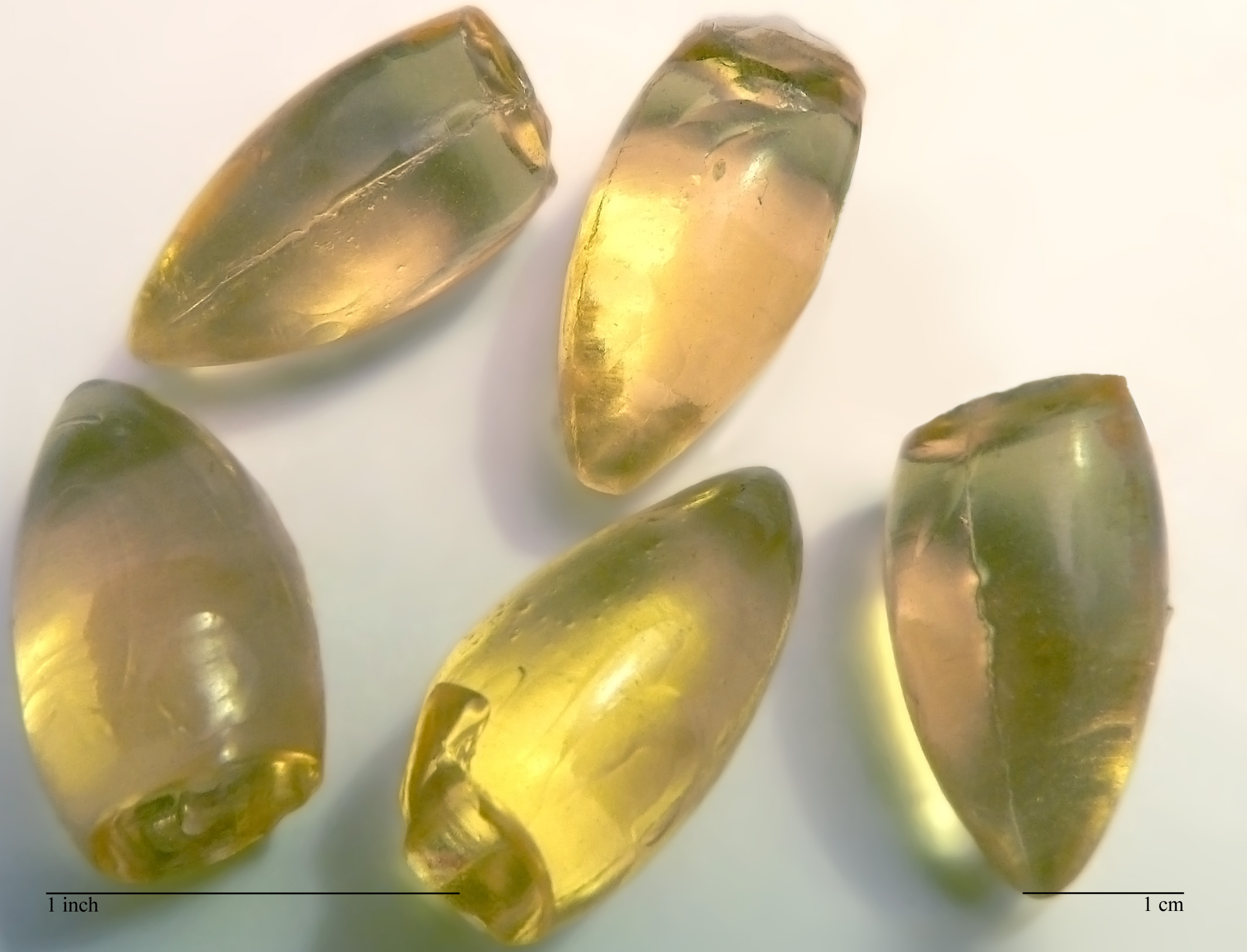|
Thymolphthalein
Thymolphthalein is a phthalein dye used as an acid– base ( pH) indicator. Its transition range is around pH 9.3–10.5. Below this pH, it is colorless; above, it is blue. The molar extinction coefficient In chemistry, the molar absorption coefficient or molar attenuation coefficient () is a measurement of how strongly a chemical species absorbs, and thereby attenuates, light at a given wavelength. It is an intrinsic property of the species. The ... for the blue thymolphthalein dianion is 38,000 M−1 cm−1 at 595 nm. Thymolphthalein is also known to have use as a laxative and for disappearing ink. Preparation Thymolphthalein can be synthesized from thymol and phthalic anhydride. : See also * Phenolphthalein * Thymolphthalexone References PH indicators Triarylmethane dyes Phthalides Phenols Isopropyl compounds {{Ether-stub ... [...More Info...] [...Related Items...] OR: [Wikipedia] [Google] [Baidu] |
Thymolphthalexone
Thymolphthalexone is a chemical compound from the group of iminodiacetic acid derivatives of thymolphthalein. Its chemical formula is . This is a metallochromic indicator widely used in complexometric titrations, particularly for the determination of transition metals. The compound features a thymolphthalein-derived core linked to aminopolycarboxylic acid functional groups. This hybrid architecture grants the compound the ability to preferentially bind specific metal ions through coordinated interactions. Synthesis Thymolphthalexone can be obtained by Mannich condensation of formaldehyde and iminodiacetic acid with thymolphthalein. Physical properties Thymolphthalexone forms a white crystalline powder soluble in water and organic solvents. Uses Thymolphthalexone and its sodium salt are used as an indicator or photometric reagent for alkaline metal ions, such as those of calcium, strontium, barium, and others.{{cite journal , last1=Babaei , first1=Ali , last2=Babazadeh , first2 ... [...More Info...] [...Related Items...] OR: [Wikipedia] [Google] [Baidu] |
Disappearing Ink
Invisible ink, also known as security ink or sympathetic ink, is a substance used for writing, which is invisible either on application or soon thereafter, and can later be made visible by some means, such as heat or ultraviolet light. Invisible ink is one form of steganography. History One of the earliest writers to mention an invisible ink is Aeneas Tacticus, in the 4th century BC. He mentions it in discussing how to survive under siege but does not indicate the type of ink to be used. This was part of his list of the 20 different methods of secret communications in a book called ''On the Defense of Fortifications''. One of the techniques that involved steganography involved puncturing a tiny hole above or below letters in a document to spell out a secret message. This did not include an invisible ink but the Germans improved on the method during World War I and World War II. They used invisible ink and microdots instead of pinpricks. Philo of Byzantium may be the first write ... [...More Info...] [...Related Items...] OR: [Wikipedia] [Google] [Baidu] |
Phthalein Dye
Phthalein dyes are a class of dyes mainly used as pH indicators, due to their ability to change colors depending on pH. They are formed by the reaction of phthalic anhydride with various phenols. They are a subclass of triarylmethane dyes. Common phthalein dyes include: *Bromothymol blue *Bromocresol green *Bromocresol purple *Cresol Red * o-Cresolphthalein, ''o''-Cresolphthalein * Chlorophenol red * Dixylenolphthalein * Guaiacolphthalein * α-Naphtholphthalein * Phenolphthalein * Phenol red, Phenolsulfonphthalein * Tetrabromophenolphthalein * Thymol blue * Thymolphthalein * Xylenolphthalein See also *Triarylmethane dye References Triarylmethane dyes Phthalides {{Ether-stub ... [...More Info...] [...Related Items...] OR: [Wikipedia] [Google] [Baidu] |
Phthalides
Phthalide is an organic chemical compound with the molecular formula C8H6O2. It is a white solid and the simplest benzo lactone. It is prepared from hydroxymethylbenzoic acid. Phthalides The phthalide core is found a variety of more complex chemical compounds including dyes (such as phenolphthalein), fungicides (such as tetrachlorophthalide, often referred to simply as "phthalide"), and natural oils (such as butylphthalide). Examples File:phenolphthalein.svg, Phenolphthalein File:tetrachlorophthalide.svg, Tetrachlorophthalide FIle:Butylphthalide.svg, Butylphthalide Butylphthalide (3-''n''-butylphthalide or NBP) is one of the chemical constituents in celery oil, along with sedanolide, which is primarily responsible for the aroma and taste of celery. Studies in animal models suggest that butylphthalide may b ... See also Phthalide is used in the synthesis of dibenzosuberone. References {{reflist ... [...More Info...] [...Related Items...] OR: [Wikipedia] [Google] [Baidu] |
PH Indicators
A pH indicator is a halochromic chemical compound added in small amounts to a solution so the pH (acidity or basicity) of the solution can be determined visually or spectroscopically by changes in absorption and/or emission properties. Hence, a pH indicator is a chemical detector for hydronium ions (H3O+) or hydrogen ions (H+) in the Arrhenius model. Normally, the indicator causes the color of the solution to change depending on the pH. Indicators can also show change in other physical properties; for example, olfactory indicators show change in their odor. The pH value of a neutral solution is 7.0 at 25°C ( standard laboratory conditions). Solutions with a pH value below 7.0 are considered acidic and solutions with pH value above 7.0 are basic. Since most naturally occurring organic compounds are weak electrolytes, such as carboxylic acids and amines, pH indicators find many applications in biology and analytical chemistry. Moreover, pH indicators form one of the three main ... [...More Info...] [...Related Items...] OR: [Wikipedia] [Google] [Baidu] |
Phenolphthalein
Phenolphthalein ( ) is a chemical compound with the chemical formula, formula carbon, C20hydrogen, H14oxygen, O4 and is often written as "HIn", "HPh", "phph" or simply "Ph" in shorthand notation. Phenolphthalein is often used as an indicator in acid–base titrations. For this application, it turns colorless in acidic solutions and pink in base (chemistry), basic solutions. It belongs to the class of dyes known as phthalein dyes. Phenolphthalein is slightly soluble in water and usually is dissolved in Alcohol (chemistry), alcohols in experiments. It is a weak acid, which can lose Hydrogen ion, H+ ions in solution. The nonionized phenolphthalein molecule is colorless and the double deprotonated phenolphthalein ion is Fuchsia (color), fuchsia. Further proton loss in higher pH occurs slowly and leads to a colorless form. Phenolphthalein ion in concentrated sulfuric acid is orange red due to sulfonation. Uses pH indicator Phenolphthalein's common use is as an indicator in acid-ba ... [...More Info...] [...Related Items...] OR: [Wikipedia] [Google] [Baidu] |
Thymol
Thymol (also known as 2-isopropyl-5-methylphenol, IPMP), , is a toxic monoterpenoid phenol derivative of ''p''-Cymene, isomeric with carvacrol. It occurs naturally in the oil of thyme, and it is extracted from ''Thymus vulgaris'' (common thyme), ajwain, and various other plants as a white crystalline substance of a pleasant aromatic odor and strong antiseptic properties. Thymol also provides the distinctive, strong flavor of the culinary herb thyme, also produced from ''T. vulgaris''. Thymol is only slightly soluble in water at neutral pH, but it is extremely soluble in alcohols and other organic solvents. It is also soluble in strongly alkaline aqueous solutions due to deprotonation of the phenol. Its dissociation constant ( p''K''a) is . Thymol absorbs maximum UV radiation at 274 nm. Chemical synthesis Thymol is produced by the alkylation of ''m''-cresol and propene: : A predicted method of biosynthesis of thymol in thyme and oregano begins with the cyclizati ... [...More Info...] [...Related Items...] OR: [Wikipedia] [Google] [Baidu] |
Phthalic Anhydride
Phthalic anhydride is the organic compound with the formula C6H4(CO)2O. It is the anhydride of phthalic acid. Phthalic anhydride is a principal commercial form of phthalic acid. It was the first anhydride of a dicarboxylic acid to be used commercially. This white solid is an important industrial chemical, especially for the large-scale production of plasticizers for plastics. In 2000, the worldwide production volume was estimated to be about 3 million tonnes per year. Synthesis and production Phthalic anhydride was first reported in 1836 by Auguste Laurent. Early procedures involved liquid-phase mercury-catalyzed oxidation of naphthalene. The modern industrial variant process instead uses vanadium pentoxide (V2O5) as the catalyst in a gas-phase reaction with naphthalene using molecular oxygen. The overall process involves oxidative cleavage of one of the rings and loss of two of the carbon atoms as carbon dioxide. An alternative process involves oxidation of the two m ... [...More Info...] [...Related Items...] OR: [Wikipedia] [Google] [Baidu] |
Acid
An acid is a molecule or ion capable of either donating a proton (i.e. Hydron, hydrogen cation, H+), known as a Brønsted–Lowry acid–base theory, Brønsted–Lowry acid, or forming a covalent bond with an electron pair, known as a Lewis acid. The first category of acids are the proton donors, or Brønsted–Lowry acid–base theory, Brønsted–Lowry acids. In the special case of aqueous solutions, proton donors form the hydronium ion H3O+ and are known as Acid–base reaction#Arrhenius theory, Arrhenius acids. Johannes Nicolaus Brønsted, Brønsted and Martin Lowry, Lowry generalized the Arrhenius theory to include non-aqueous solvents. A Brønsted–Lowry or Arrhenius acid usually contains a hydrogen atom bonded to a chemical structure that is still energetically favorable after loss of H+. Aqueous Arrhenius acids have characteristic properties that provide a practical description of an acid. Acids form aqueous solutions with a sour taste, can turn blue litmus red, and ... [...More Info...] [...Related Items...] OR: [Wikipedia] [Google] [Baidu] |
Laxative
Laxatives, purgatives, or aperients are substances that loosen stools and increase bowel movements. They are used to treat and prevent constipation. Laxatives vary as to how they work and the side effects they may have. Certain stimulant, lubricant, and saline laxatives are used to evacuate the colon for rectal and bowel examinations, and may be supplemented by enemas under certain circumstances. Sufficiently high doses of laxatives may cause diarrhea. Some laxatives combine more than one active ingredient, and may be administered orally or rectally. Types Bulk-forming agents Bulk-forming laxatives, also known as roughage, are substances, such as fiber in food and hydrophilic agents in over-the-counter drugs, that add bulk and water to stools so they can pass more easily through the intestines (lower part of the digestive tract). Properties * Site of action: small and large intestines * Onset of action: 12–72 hours * Examples: dietary fiber, Metamucil, Citrucel, Fi ... [...More Info...] [...Related Items...] OR: [Wikipedia] [Google] [Baidu] |



